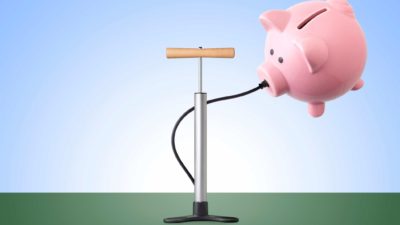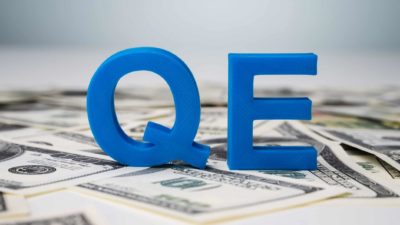The S&P/ASX 200 Index (ASX: XJO) has been in a bit of a funk lately. Between 19 August and 22 September, ASX 200 shares lost more than 6% of their value. Although the index has now recovered around 3% since the 'dip' bottomed out last week at 5,784 points, these wobbles were enough to have some ASX investors nervous. What if the market does what it did back in March again?
Well, unfortunately, I have no easy answers as to whether there will indeed be another market crash in 2020 — no one does. But what I do know is that if an investor is worried about an imminent crash, there are certain steps one can take to protect a share portfolio if such a thing comes to pass.
3 ways to protect an ASX share portfolio in a market crash
Hoard cash
Cash is the ultimate defence against a market crash. While cash makes a lousy long-term investment (especially in today's low interest rate environment), it is also an investor's best friend in a share market crash. Not only does cash keep its value and liquidity in any market condition, you can also use it in a crash to buy ASX shares at cheaper prices. I don't ever 'switch' my entire portfolio to cash or vice-versa. But I do like to keep a varying percentage in cash at all times, depending on market conditions. If you're worried about a crash, increasing your cash position is one of the easiest ways to build a buffer.
Own strong ASX dividend-paying shares
One of the best things about a strong ASX dividend-paying share is the relative certainty of the income you're receiving. 2020 and the pandemic has made it especially hard for former dividend-heavyweights to keep the divideds coming this year. But they are out there. And receiving income during a market crash can be a great way of buffering your portfolio against paper losses, as well as giving you some cash to spend on cheap shares.
Hedge with ETFs
Exchange-traded funds (ETFs) are another way you can protect your portfolio against a market crash. Some ETFs are specifically designed for this purpose. The BetaShares Australian Equities Bear Hedge (ASX: BEAR) is one such example. It's designed (according to BetaShares) so that a "1% fall in the Australian sharemarket on a given day can generally be expected to deliver a 0.9% to 1.1% increase in the value of the fund (and vice versa)". There are other options too. Many investors like to hedge against a market rash with gold, either bullion, gold miners or gold ETFs like the ETFS Metal Securities Australia Ltd (ASX: GOLD).
These are both legitimate instruments to use, but I wouldn't recommend them for a beginner investor, as they can be quite complex to manage effectively.
Foolish takeaway
Although many investors would love to protect their share portfolios in a market crash, the unfortunate reality is that (like any insurance), protecting your portfolio usually costs you money if the market crash doesn't eventuate. Cash doesn't fall in value when the share market crashes, but it also doesn't rise when the markets do. And gold and inverse ETFs can fall in value if the markets rise. Remember, market crashes are part of the deal when it comes to investing. And they don't last forever.








